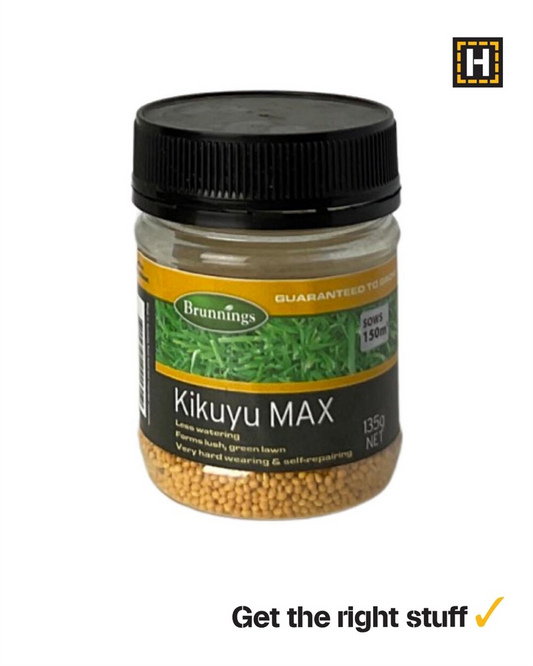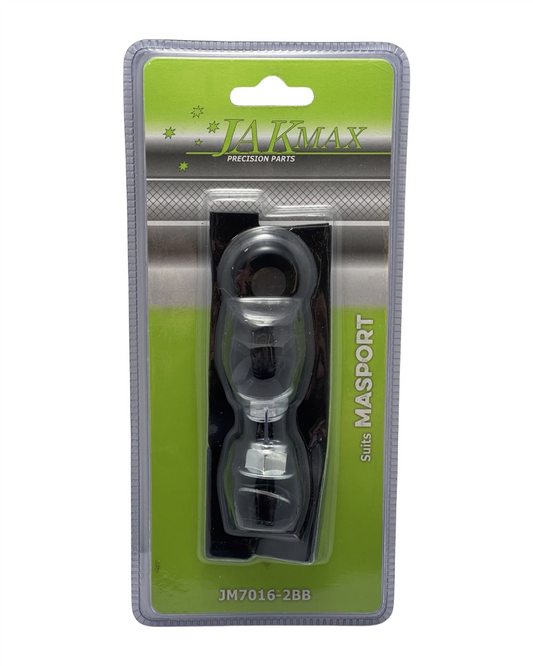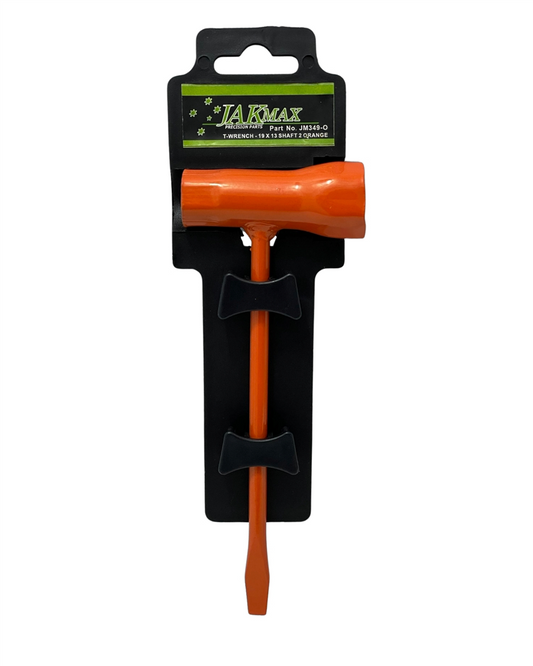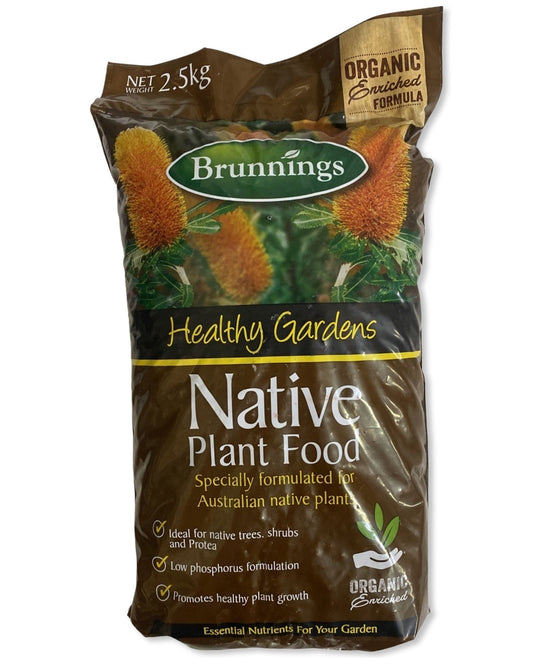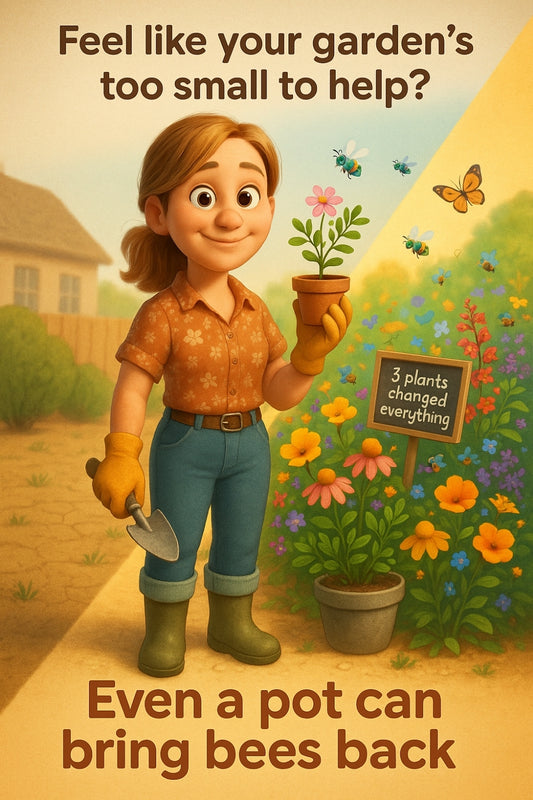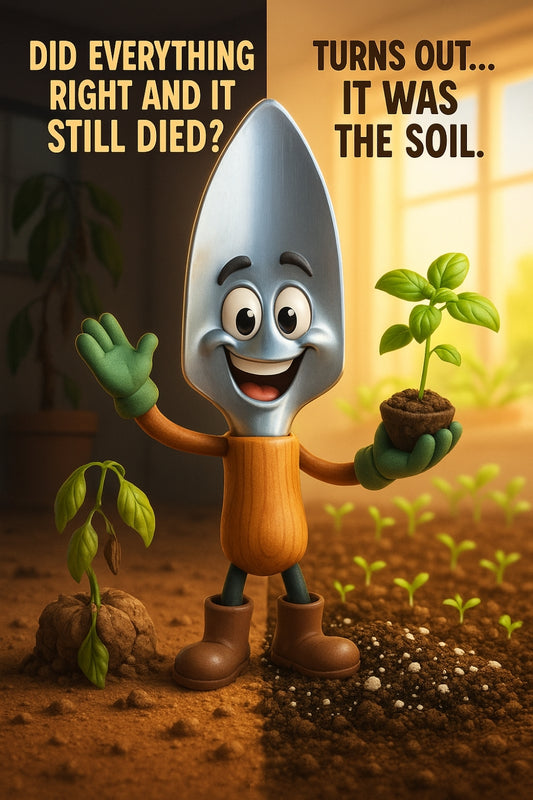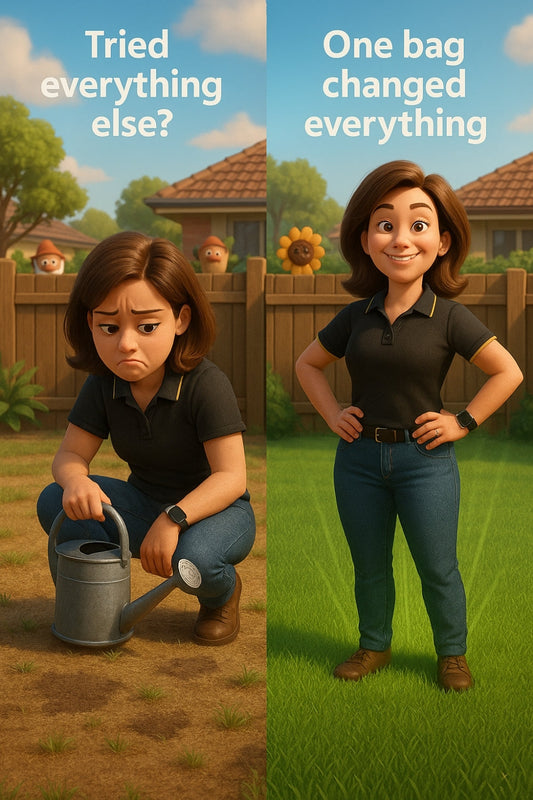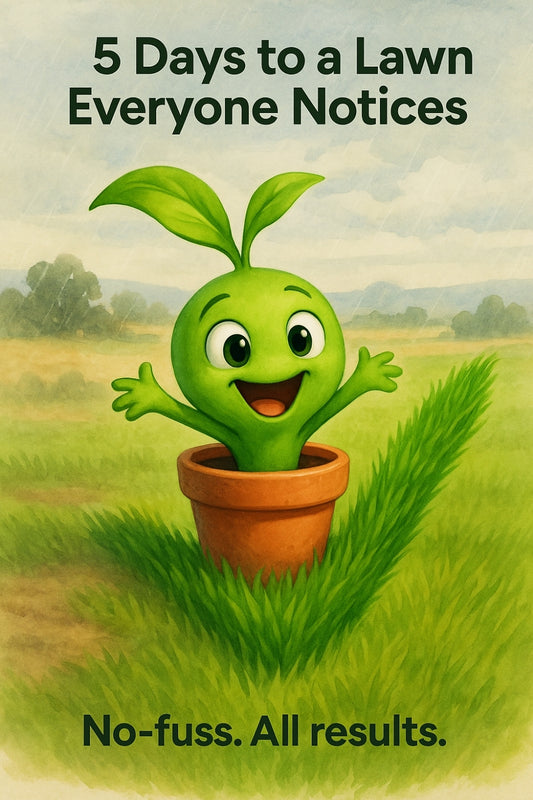David Attenborough loves natives. So do busy gardeners who barely lift a finger — here's why.
Share
Seed packets to buzzing backyards: how planting wildflowers turns non‑gardeners into nature-makers
The un-fussy floral fix that gives bees (and beginners) a fighting chance
David Attenborough swears by native plants — and if you’re someone who’s ever wondered whether you’re ‘doing gardening right’, this one’s for you. Because the simplest, laziest move you can make for the planet… might just be tossing some wildflower seeds in your garden.
The surprise? No weeding, pruning or fussing required. Just scatter and let nature get on with it. Our local trials? Front verge to full bloom in under three weeks. Pollinators arrived before the first cuppa finished steeping.
What are wildflowers — and why should you care?
Wildflowers are native or naturalised plants that grow without human help. Think of them as the hardy rebels of the garden world — self-sufficient, no-nonsense, and weirdly good-looking in that undone, messy-hair-don’t-care kind of way.
They don’t just look pretty. They feed local bees, attract butterflies, support soil health and give birds a reason to hang around your place. For gardens that feel a bit sad or dull, wildflowers bring life — both literally and visually.
“If all you changed was adding native wildflowers, you’d trigger a chain reaction in your entire yard’s ecosystem.” — Local horticulturalist Bill Ferris
What makes them ideal for the not-so-green-thumbed?
1. Almost no maintenance
Wildflowers thrive in poor soils, hate overwatering, and generally despise being babied. Perfect for sunny strips along driveways, patches where grass refuses to grow, or neglected corners you keep promising to ‘do something with.’
2. Big visual bang, low effort
You can go from bare dirt to a wild, blooming patch in a month or less. It’s like watching time-lapse magic in slow motion. Kids love it. Adults find themselves weirdly transfixed.
3. Nature does the work for you
By choosing the right seed mix for your area, you’re tapping into ancient, time-tested plant wisdom. These flowers know what to do — just get out of their way.
Which wildflowers work best locally?
That depends on your space, sun, and whether you want bursts of colour, ground cover, or something the bees can’t resist. Some tried-and-true locals that do well here:
- Everlastings (Rhodanthe) — pink and white hues that self-seed over time
- Bluebells (Wahlenbergia) — dainty blue/purple blooms that pop up every spring
- Billy Buttons (Craspedia) — fun yellow globes on tall stalks
- Cut-leaf daisies (Brachyscome) — perfect for pots and patio edges
- Kangaroo grass — a native decorative grass that adds texture and movement
We stock seeds and starter packs tailored for local success — so there’s no guesswork. Just plant and smile.
But what if I mess it up?
You won’t. Wildflowers are almost impossible to “do wrong.” Worst case? A bit patchy the first year — which actually makes it feel even more natural. Best case? You’ve created a pollinator paradise in your own backyard.
And next season? They’ll come back stronger, thicker, and even more chaotic-beautiful.
How to plant wildflowers in 3 easy steps
- Clear the area – Remove weeds and loosen the soil a bit (don’t overdo it).
- Scatter seeds – Mix with some sand so you see where they fall, then broadcast by hand.
- Water once – Give them a good soaking the first time. After that, let nature take over.
Why wildflowers feel so darn good
There’s something almost rebellious about wildflowers. They’re an antidote to over-manicured lawns and overly fussy landscaping. They don’t ask for much but give back in spades — colour, fragrance, texture, life.
They also restore more than just your soil. People who plant wildflowers often say they feel calmer, more connected, like they’re helping something bigger than themselves. There’s power in that.
You don’t need to be a gardener to start a garden. You just need a packet of seeds and five spare minutes. Wildflowers will do the rest.
See you in the garden,
Candeece
 Stay Connected
Stay Connected
Join our gardening community on Facebook: Urban Gardener's Notebook
And follow our Store Facebook Page: Strathalbyn H Hardware on Facebook


